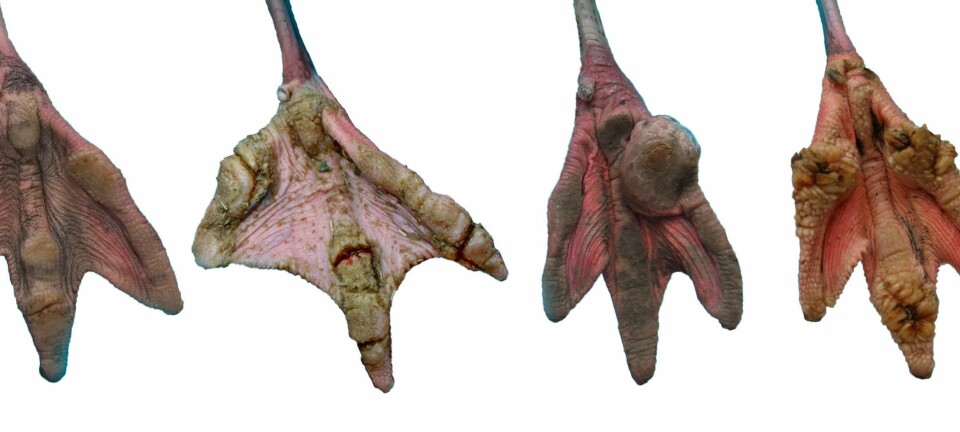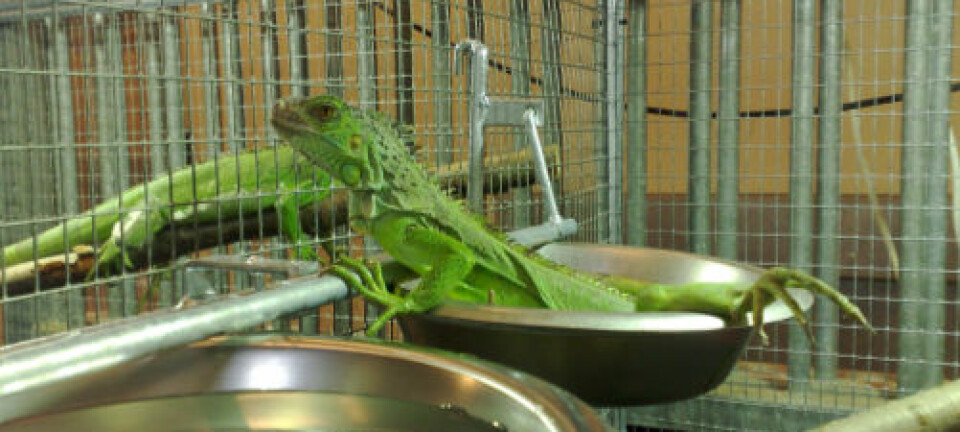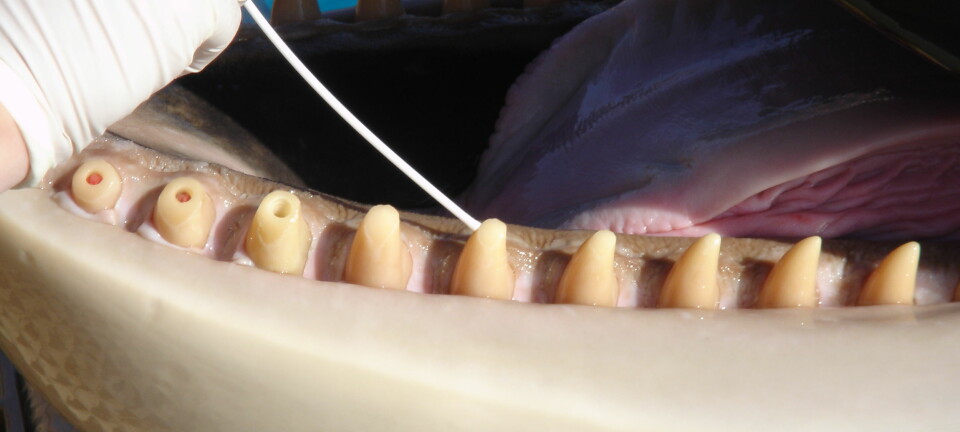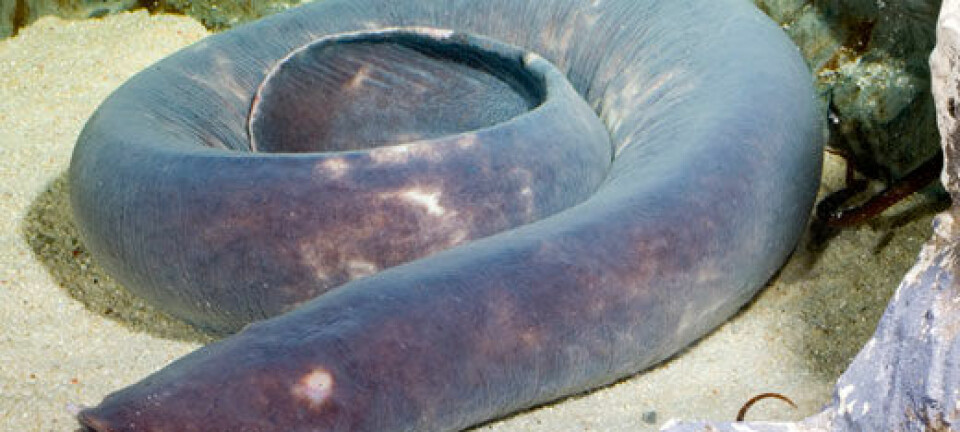
Rare flat-headed cat caught on video
Copenhagen Zoo has filmed the rare flat-headed cat with a kitten. The footage will provide scientists with new knowledge about the cat’s behaviour – which is important in the efforts to save the endangered cat.
Copenhagen Zoo’s camera traps in the Malaysian jungle have captured unique footage of the rare flat-headed cat Prionailurus planiceps.
This is the first time ever that this kind of footage of the cat and its kitten has been captured. It’s also the first time that the cat has been filmed in Malaysia.
Bengt Holst, the scientific director at the Zoo, is excited about the new recordings:
”The videos are unique because the recordings show that the flat-headed cat is a great climber – something that zoologists didn’t think they were,” he says.
Shrinking habitats threatens flat-headed cat
The videos are unique because the recordings show that the flat-headed cat is a great climber – something that zoologists didn’t think they were.
The flat-headed cat is highly endangered. Holst estimates that there are only 2,000-2,500 specimens left of the wild cat with the flat head, and unfortunately the population is on a decline.
He believes the greatest threat against the population is the shrinking of habitats for the wild cat.
“They want to live near water, so when you dam large areas, you narrow down the area in which the cat can live.”
Cat enters the picture thanks to tapirs
Copenhagen Zoo’s camera traps in Malaysia’s Krau Wildlife Reserve were set up for an entirely different purpose: the researchers were actually on the lookout for information about behavioural patterns in the Malayan tapir.
As a spin-off from the tapir project, the zoo’s scientists are now starting to study the cat’s behaviour, including its courting rituals and its particularly interesting hunting behaviour.
“The flat-headed cat is an excellent fisher,” says Holst. “But we don’t know whether it catches fish because that’s what it’s best at or whether it’s because it’s having difficulty competing with other species in the catch of birds and small mammals. Our studies show that it’s a fairly competent hunter on land.”
He explains that any information about behaviour is useful when you work with nature conservation. It increases the chances of our understanding the cat’s ecological role and the demands it places on living conditions.
Very little is known about the flat-headed cat because its behaviour and activities have never been studied.
--------------------------------
Read this article in Danish at videnskab.dk
Translated by: Dann Vinther












